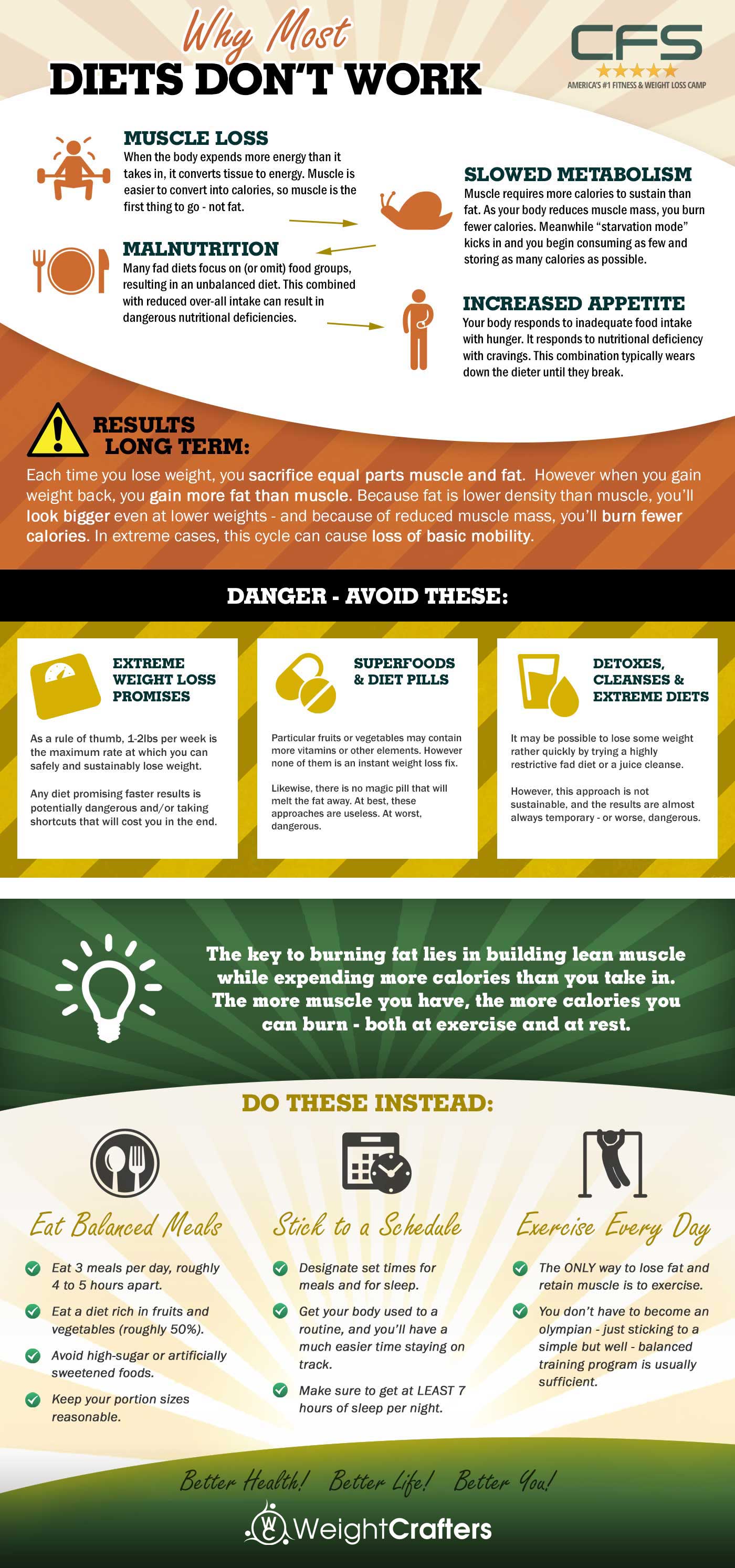Before Vs After Success Stories With Cold Laser Therapy
Before Vs After Success Stories With Cold Laser Therapy
Blog Article
Scientific Research on the Efficacy of Cold Laser Technique
Cold laser therapy is a beneficial device to help suffering management and the recovery procedure. It is typically utilized in sporting activities medicine, dermatology and acupuncture.
Cold lasers pass through deep right into tissues and advertise chemical adjustments without warming them. They minimize inflammation and swelling, speed cellular task and increase recovery.
Academic Background
Unlike the high-intensity lasers that surgeons use to cut through tissue, cold laser therapy makes use of light-emitting diodes to pass through right into your skin and promote healing. As these photons reach broken cells, they launch a domino effect that raises your cells' production of enzymes and increases your body's all-natural recovery procedures.
The photons additionally reduce pain through the production of endorphins and raise your body's ability to drain pipes puffy areas by inducing vasodilation (the expansion of capillary). Therefore, it aids you recuperate from musculoskeletal injuries and pain quicker.
Many individuals have actually become aware of chilly laser treatment from their physical therapist, chiropractic doctor or doctor and might be asking yourself exactly how it works. Unlike most laser tools made use of in the clinical field, which in fact warm up tissue, our state-of-the-art tools sends out cool laser light beams that do not trigger any home heating of your tissues. This allows your body to receive the healing benefits without triggering any type of side effects.
Clinical Tests
Cold laser treatment is typically recommended as a therapy alternative for patients that have musculoskeletal pain and injuries. It can be made use of to decrease inflammation, reinforce cells and accelerate the body's all-natural healing procedures.
Non-thermal photons of red and infrared laser radiation are absorbed by the light delicate aspects in cells and launch an increase in intracellular metabolic process that raises cell reproduction, minimizes swelling, eliminates edema and shortens healing time.
Unlike the light that is created by sunlight or common lights, laser light is identical (all wavelengths traveling in the same direction), meaningful and single. These residential or commercial properties allow laser energy to permeate deeper right into the cells.
Numerous clinical tests have actually revealed that LLLT can be efficient in minimizing pain in the bone and joint system. However, even more properly designed research studies are required to assess the ideal settings for laser irradiation and to identify its effectiveness in certain conditions, such as dental mucositis in cancer people getting radiation treatment or radiotherapy, and injury healing (consisting of diabetic person ulcers following hammertoe surgical procedure). This Aetna policy bulletin does not attend to various other uses of LLLT, including the therapy of numerous skin diseases.
Conclusions
Unlike medical lasers that can damage tumors or coagulate cells, cool laser therapy does not heat the body's cells. Instead, the light promotes your cells to generate adenosine triphosphate, which speeds up the repair work procedure of damaged cells.
Aetna considers low-level laser (LLL) therapy clinically necessary for the prevention of dental mucositis associated with cancer treatment (chemotherapy, radiation therapy, hematopoietic stem cell hair transplant) and non-cancer therapies (such as radiodermal injury, fibromyalgia). A number of research studies showed that LLT can be effective in reducing PU signs and symptoms without negative impacts. Nevertheless, differences in study layouts and laser dosimetry made contrast of the outcomes challenging; RCTs with low risk of prejudice are required. Making use of a 660 nm wavelength and higher energy density seems a lot more efficient than the other studied laser wavelengths. This could be due to the fact that the various other wavelengths might promote inflammatory processes and cause even more negative effects. The effect of the type of laser used is also important; the authors suggest that future research focus on assessing different types of lasers and their doses to determine the optimal combination of laser parameters for PU prevention.
Referrals
Cold laser treatment is made use of by dentists to deal with swollen periodontal tissue, doctors to alleviate pain brought on by rheumatoid arthritis, and physiotherapists to speed the recovery of muscle mass, tendon, and tendon injuries. Numerous clinical insurance strategies cover this treatment.
Unlike warm lasers, which have a thermal impact on tissues, cool lasers (likewise called low-level lasers) boost the cellular power of the skin. Photons from the laser light penetrate right into the cell, setting off a collection of chemical changes that advertises regeneration and reduces swelling.
In order to be effective, lasers should be appropriately arrangement and made use of. This is why it is not recommended to acquire an inexpensive over the counter laser gadget and attempt to treat on your own in your home. An experienced specialist is called for to guarantee that the tool is utilized correctly to lessen the threat of eye injury and maximize its stop smoking laser therapy efficiency. The laser gadget have to be adapted to the appropriate setup, strength, regularity, and placement of the laser on the therapy area.